Are you looking for the latest trends in retaining wall construction? As landscaping and construction evolve, so do the methods and materials used to build retaining walls. Whether you need a sturdy wall to hold back soil or an aesthetically pleasing addition to your garden, the latest innovations can offer the perfect solution. This blog explores the new techniques and materials in retaining wall construction that every homeowner and contractor should know about.
Advanced Materials in Retaining Wall Construction
1. Geosynthetics
Geosynthetics are synthetic products used in geotechnical engineering. They include geotextiles, geomembranes, and geogrids. These materials reinforce soil, improve drainage, and provide stability. Geosynthetics are lightweight yet durable.
They make retaining walls stronger and more flexible. This material works especially well in areas prone to erosion. Additionally, geosynthetics reduce the need for thick and heavy materials, making the construction process more efficient and less labor-intensive.
2. Modular Blocks
Modular blocks are pre-cast concrete blocks designed for easy stacking. They come in various shapes, sizes, and colors. The interlocking design allows for quick and efficient construction. Modular blocks also offer a high degree of customization. You can create curves, corners, and steps with ease.
These blocks are ideal for both small residential projects and large commercial ones. The versatility of modular blocks means they can match any architectural style, enhancing the visual appeal of the landscape.
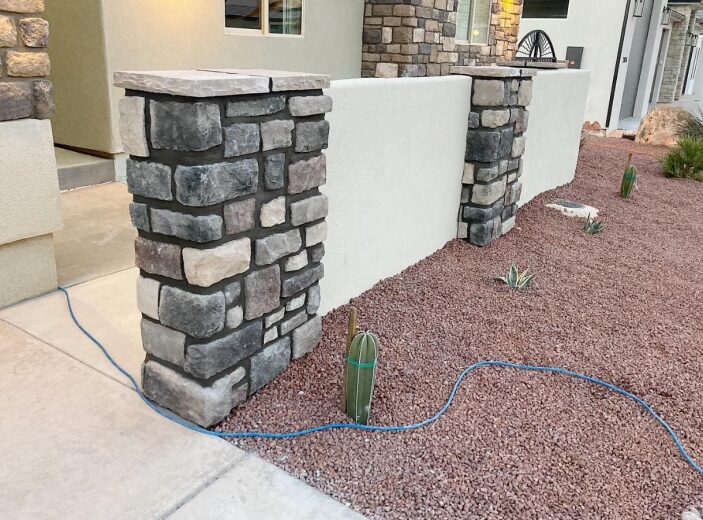
3. Recycled Materials
Using recycled materials is both eco-friendly and cost-effective. Recycled concrete, glass, and plastic can be used in retaining walls. These materials reduce waste and lower costs. They also provide a unique aesthetic appeal. Builders can mix and match different recycled materials for a distinctive look. Furthermore, using recycled materials can contribute to LEED certification points for sustainable building practices, making them a popular choice for environmentally conscious projects.
4. Composite Materials
Composite materials combine two or more constituent materials. These materials often include fibers like fiberglass or carbon fiber mixed with a resin.
Composite retaining walls are lightweight and highly durable. They resist corrosion, making them ideal for harsh environments. These materials also have high tensile strength, which allows for thinner and lighter wall structures without compromising stability. This innovation is particularly useful in areas with seismic activity or fluctuating weather conditions.
Innovative Building Techniques
1. Mechanically Stabilized Earth (MSE)
MSE walls use layers of geosynthetics to reinforce soil. This method improves the wall’s stability and load-bearing capacity. The process involves placing soil in layers, with geosynthetics between each layer. MSE walls are flexible and can be built to any height.
They are also cost-effective and quick to construct. MSE technology allows for the construction of complex wall geometries, making it suitable for challenging landscapes and urban environments where space is limited.
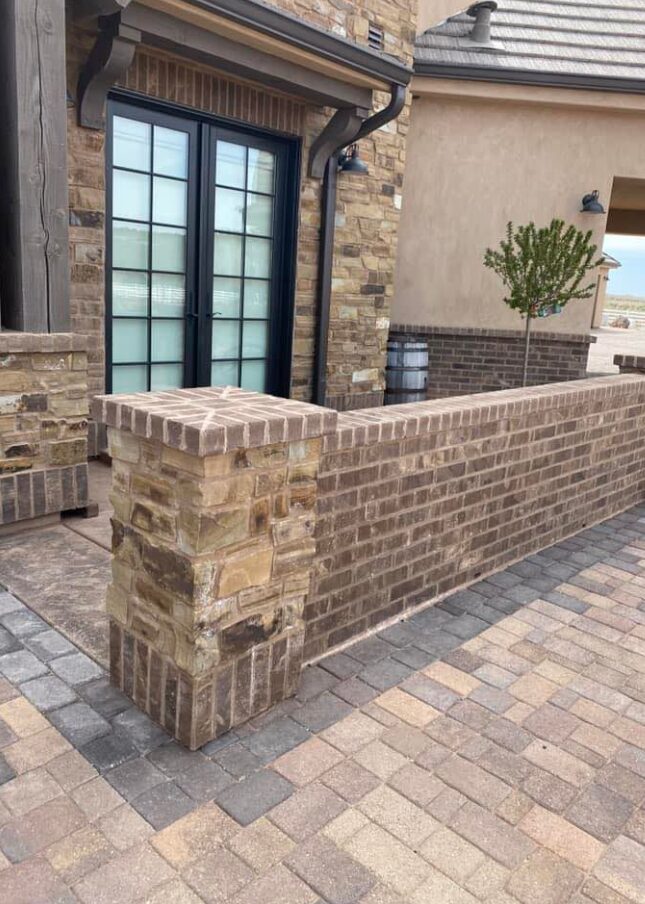
2. Soil Nailing
Soil nailing is a technique that uses steel bars to reinforce soil. The bars, or “nails,” are driven into the soil at regular intervals. Shotcrete, a type of sprayed concrete, covers the exposed surface. Soil nailing is ideal for steep slopes and areas with limited space. It provides excellent reinforcement and stability. This method is particularly useful in urban settings where traditional retaining wall techniques may not be feasible due to space constraints or existing infrastructure.
3. Anchored Walls
Anchored walls use cables or rods to anchor the wall to the ground. These anchors are driven deep into the soil or rock behind the wall. The technique provides additional support, especially for tall retaining walls. Anchored walls are strong and can withstand significant pressure. This technique is often used in waterfront properties where the retaining wall needs to withstand the force of water as well as soil pressure.

4. Gravity Walls
Gravity walls rely on their own weight to hold back soil. They are usually made of heavy materials like stone or concrete. The wall’s design ensures stability through sheer mass. Gravity walls are simple to construct and require minimal maintenance. They work well for small to medium-sized projects. The construction process for gravity walls involves careful placement of each unit to ensure maximum stability and alignment, making it a precise yet straightforward method.
5. Cantilevered Walls
Cantilevered walls use a reinforced concrete base to provide stability. The wall extends horizontally from a footing into the retained soil.
This design reduces the amount of material needed compared to gravity walls. Cantilevered walls are efficient and effective for many applications. They are particularly suitable for areas where space is limited but substantial soil retention is required. Cantilevered walls can also be designed to accommodate aesthetic features like planter boxes or seating areas, adding multifunctional value to the landscape.
Applications and Benefits
1. Residential Landscaping
Innovative retaining walls enhance residential landscaping. They create level spaces in hilly or uneven areas. Homeowners can build terraces, gardens, and patios. New materials and techniques allow for greater creativity in design. These walls can also incorporate lighting, water features, and seating areas, turning them into focal points of outdoor living spaces.
2. Commercial Projects
Commercial properties benefit from durable and attractive retaining walls. They improve the aesthetic appeal of business premises. Advanced materials ensure long-lasting performance with minimal upkeep. This is especially beneficial for high-traffic areas. Retaining walls in commercial settings can also serve functional purposes, such as creating level parking areas, supporting outdoor seating for restaurants, or providing safe pedestrian pathways.
3. Erosion Control
Retaining walls play a crucial role in erosion control. They prevent soil from washing away, protecting landscapes and structures. Modern techniques and materials offer superior erosion resistance. This is essential for properties near water bodies or on slopes. Effective erosion control through retaining walls can prevent costly damage to properties and reduce the risk of landslides.
4. Increased Property Value
Well-designed retaining walls can increase property value. They enhance curb appeal and create usable outdoor space. Prospective buyers see the practical and aesthetic benefits. This makes retaining wall construction a wise investment. Attractive and functional retaining walls can make a property stand out in the real estate market, appealing to buyers looking for both beauty and practicality.
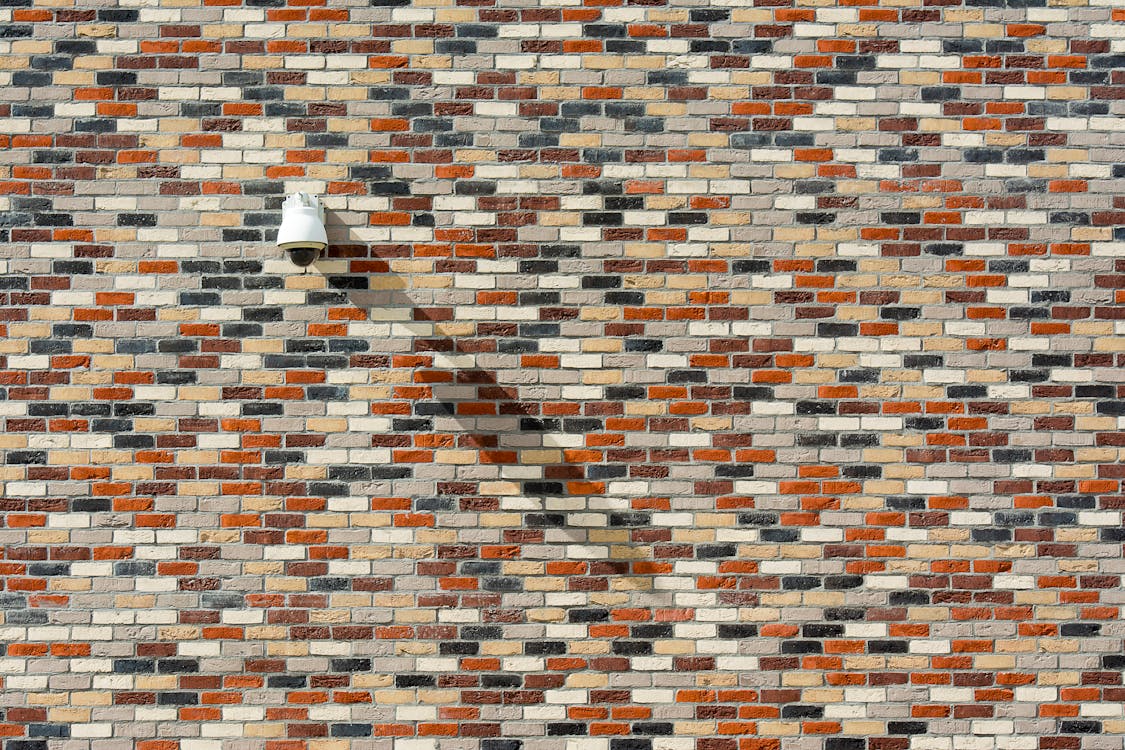
Working with Experts
1. Choosing the Right Contractor
Selecting the right contractor is crucial for a successful project. Look for a retaining wall contractor in Colorado Springs with a solid reputation. Check reviews and ask for references. Ensure they have experience with the latest materials and techniques. A skilled contractor will provide valuable insights and recommendations tailored to your specific needs and site conditions.
2. Professional Masonry Services
Professional masonry services in Colorado Springs offer expertise and quality workmanship. Masonry experts can handle all aspects of retaining wall construction. They provide design consultation, material selection, and installation. Their knowledge ensures a durable and attractive end product. Working with professional masons ensures that your retaining wall meets all structural and aesthetic requirements, enhancing the overall value of the project.
3. Masonry Repair and Maintenance
Masonry repair in Colorado Springs is essential for maintaining retaining walls. Over time, walls may develop cracks or other issues. Regular maintenance and prompt repairs extend the life of your wall. Trust experienced professionals for all repair needs. Routine inspections and maintenance can prevent minor issues from becoming major problems, ensuring the long-term stability and appearance of your retaining wall.
Sustainable Practices
1. Eco-Friendly Materials
Using eco-friendly materials in retaining wall construction benefits the environment. Recycled and sustainable materials reduce waste and lower carbon footprints. They offer the same durability and aesthetics as traditional materials. Choosing eco-friendly options demonstrates a commitment to sustainability and can also appeal to environmentally conscious property owners.
2. Energy-Efficient Techniques
Energy-efficient construction techniques save time and resources. Methods like MSE and soil nailing require less heavy equipment and energy. These techniques streamline the building process and reduce environmental impact. Energy-efficient construction practices not only benefit the environment but also reduce costs and timelines, making projects more efficient overall.
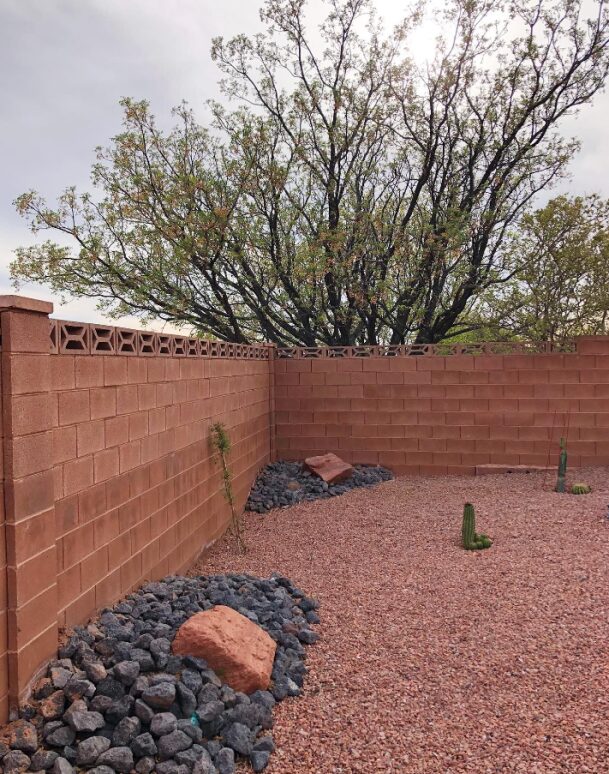
3. Water Management
Innovative retaining walls often include water management features. Proper drainage prevents water buildup and soil erosion. Geosynthetics and other materials enhance water flow and stability. Effective water management extends the life of retaining walls. Incorporating drainage solutions such as weep holes, drainage pipes, and permeable materials can prevent water-related damage and maintain the structural integrity of the wall.
Design Considerations for Retaining Walls
1. Load-Bearing Capacity
When designing a retaining wall, one of the most critical factors is its load-bearing capacity. Modern techniques and materials allow for increased strength without requiring massive, bulky designs. For instance, composite materials and modular blocks can be engineered to handle higher loads while maintaining a slimmer profile. This not only improves the aesthetic but also reduces the amount of material needed, cutting down on construction costs.
2. Aesthetic Integration
A retaining wall doesn’t have to be purely functional. Modern construction allows for walls that blend seamlessly with their surroundings. Whether it’s integrating natural stone textures, creating artistic patterns with modular blocks, or incorporating living green walls, the design possibilities are endless. This aesthetic flexibility enhances the overall landscape and adds value to the property.
3. Environmental Impact
The environmental impact of construction materials and methods is an important consideration. Innovations in retaining wall construction are increasingly focusing on sustainability. For example, using recycled materials and eco-friendly manufacturing processes can significantly reduce the carbon footprint of a project. Additionally, incorporating permeable materials helps manage stormwater runoff, benefiting the local ecosystem.
4. Maintenance and Longevity
The longevity of a retaining wall is closely tied to the materials and techniques used in its construction. Advanced materials like composite resins and corrosion-resistant steel can significantly extend the lifespan of a retaining wall. Regular maintenance, facilitated by innovative design features such as built-in drainage systems, also plays a crucial role in ensuring the wall remains effective and visually appealing for years to come.
Future Trends
1. Smart Technology
Smart technology is making its way into retaining wall construction. Sensors can monitor the wall’s stability and condition. They detect movement, pressure, and moisture levels. This information helps prevent failures and reduces maintenance costs. Integrating smart technology into retaining walls allows for real-time monitoring and early detection of potential issues, ensuring timely interventions and reducing long-term repair costs.
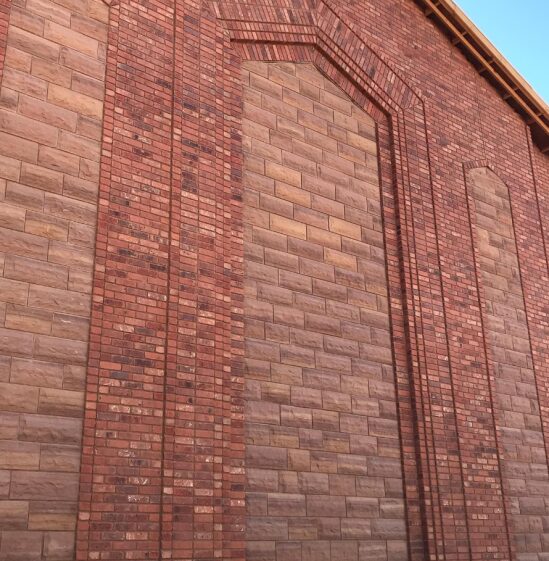
2. 3D Printing
3D printing offers exciting possibilities for retaining walls. Custom designs can be printed with precision and speed. This technology allows for intricate and unique wall patterns. It also reduces material waste and construction time. 3D printing can produce complex geometries and tailored solutions that would be difficult or impossible to achieve with traditional methods, opening new avenues for design and functionality.
3. Sustainable Designs
Sustainability continues to drive innovation in retaining wall construction. Future designs will focus on eco-friendly materials and methods. Green walls with vegetation will become more popular. These walls blend seamlessly with natural landscapes and improve air quality. Incorporating plants and greenery into retaining walls not only enhances their visual appeal but also provides environmental benefits such as reducing heat islands, filtering air pollutants, and supporting biodiversity.
4. Enhanced Durability
Advancements in materials will lead to more durable retaining walls. Researchers are developing materials that withstand extreme weather and heavy loads. These innovations will extend the lifespan of retaining walls and reduce maintenance needs.
Using advanced materials such as high-performance concrete, fiber-reinforced polymers, and corrosion-resistant alloys can significantly enhance the durability and resilience of retaining walls, making them suitable for the most demanding conditions.
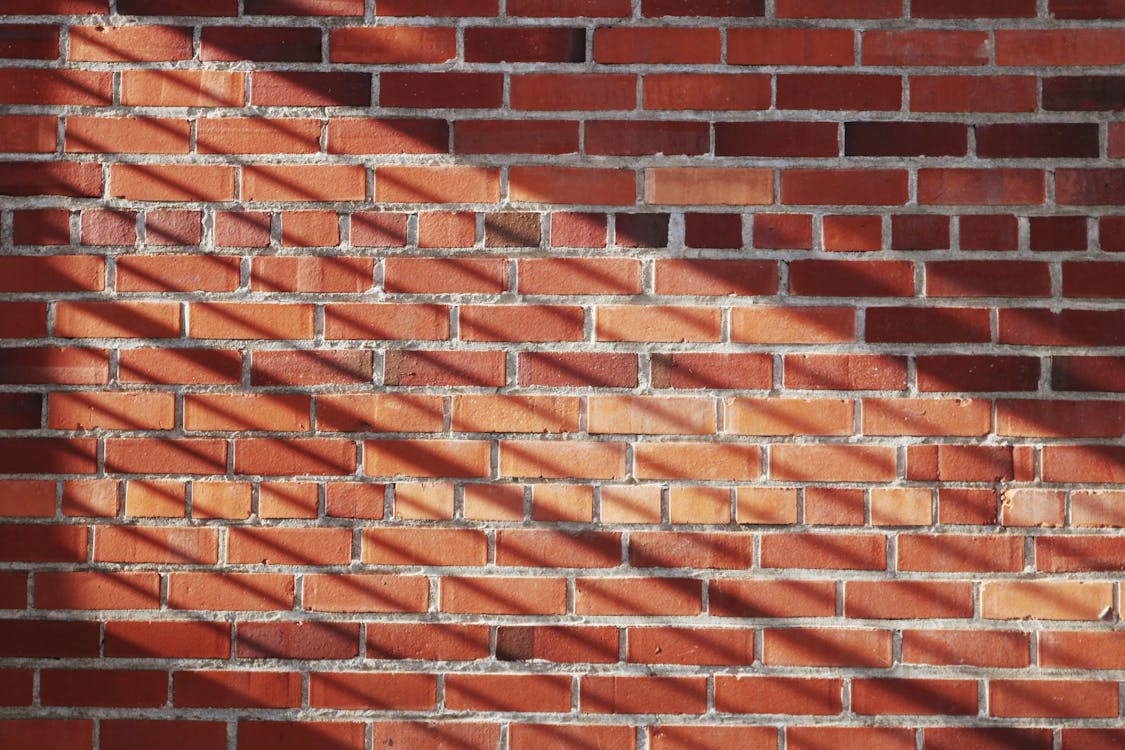
Conclusion
Retaining wall construction has come a long way with new techniques and materials. Innovations like geosynthetics, modular blocks, and recycled materials offer improved performance and aesthetics.
Advanced building methods like MSE, soil nailing, and anchored walls provide stability and efficiency. Whether for residential or commercial use, modern retaining walls offer numerous benefits. They control erosion, enhance landscapes, and increase property value.
For expert retaining wall construction, consider Brick Block & Stone Masonry. Our team of masonry experts in Colorado Springs offers top-notch masonry services. From design to installation and repair, we provide comprehensive solutions. Contact us today for quality retaining wall construction and maintenance.



